Goal setting is a part of teaching. Each year, you have goals for your students. And as students learn how to work in your class, they’ll learn how to set and reach goals as well. Setting goals and working to achieve them is an important skill for students to learn starting in kindergarten. In fact, the process of setting goals is an evidence-based practice, and working toward them has positive impacts for students. It helps students maintain a growth mindset, where they’re focused on learning something new and mastering new skills.
Here’s our guide for goal setting with students with our favorite classroom resources.
What is a goal?
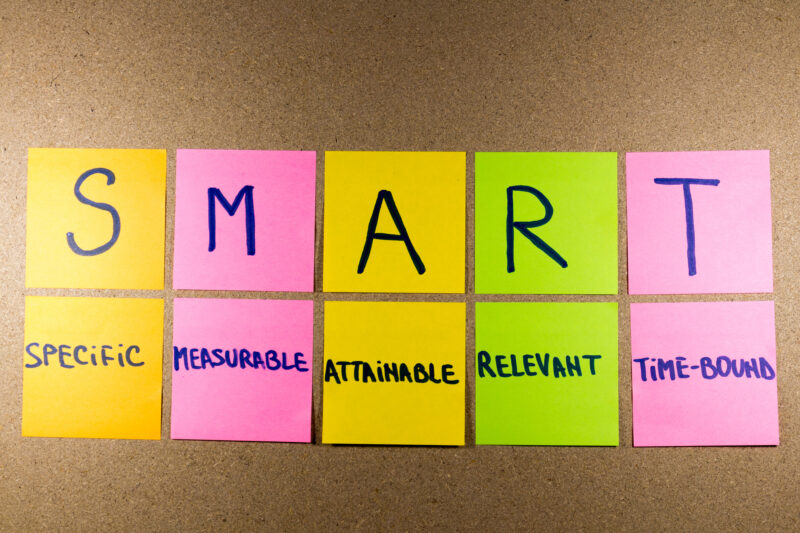
A goal is a focused aim or result you want to achieve. Eating a bowl of ice cream after dinner is a want. Reading 100 words correctly per minute is a goal. All goals should be SMART:
- Specific: What do you want to accomplish?
- Measurable: How will you know you achieved your goal?
- Attainable: What goals are within your reach?
- Relevant: Which goals are important to you? What about the goal is important to you?
- Time-bound: How long will you give yourself to reach your goal?
So, some SMART student goals might be:
- Kindergarten: I can read 10 sight words now and want to read 20 sight words by winter break.
- 3rd grade: I know my times tables through 7. I want to know my times tables through 10 in the next 4 weeks.
- Middle school: I want to raise my grade in math from a C to a B by the end of the semester.
- High school: After I take my SAT prep course, I want to get a 1200 on my SAT in May.
Each of these goals is specific, and the student will know when they accomplish it. They’re realistic, important to the student, and can be accomplished within a reasonable time.
How to teach goal setting
Goal setting is something you can incorporate into your classroom all year long. Here are our favorite books, tools, and resources to teach this important skill.
Use picture books
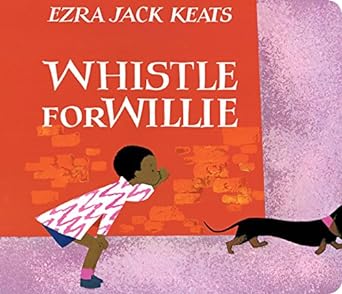
For all students, it’s helpful to share books that portray goal setting, the process of wanting something, setting a clear goal, and working toward it. In early elementary grades, Peter’s effort in Whistle for Willie by Ezra Jack Keats is a classic example of persistently working toward a specific goal. Jabari Jumps by Gaia Cornwall also shows how one character achieves an attainable goal by jumping off the diving board.
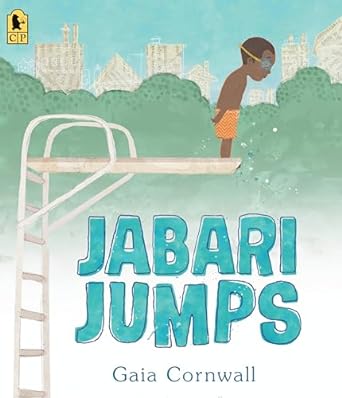
For older students, The Boy Who Harnessed the Wind (Young Reader’s Edition) by William Kamkwamba and Bryan Mealer chronicles William’s work to relieve his village from drought. It includes the sub-goals he works toward along the way, such as researching viable solutions and figuring out how to build a windmill.
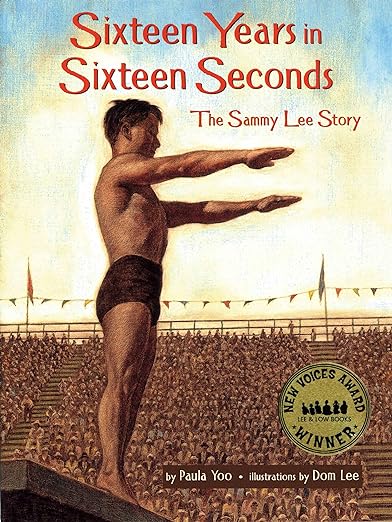
A great picture book option for older students is Sixteen Years in Sixteen Seconds: The Sammy Lee Story by Paula Yoo. This title is a biography of a diver who set and reached many goals, both physical and academic, along the way to becoming an Olympian. Picture book biographies are often great for teaching goal setting as many revolve around a notable goal.
Learn more: The How and Why of Using Picture Book Biographies in the Classroom
Talk about goals
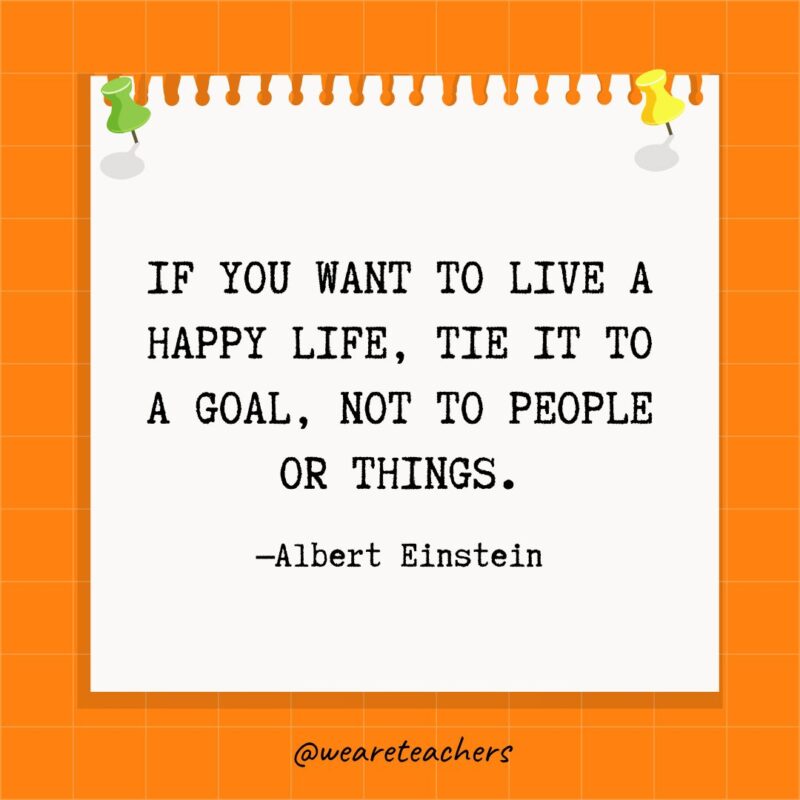
Make goal setting part of your everyday conversation by talking through your own goals and by weaving these inspirational quotes about goals into your conversation, morning meeting, and reflection.
Learn more: Inspirational Goal-Setting Quotes
Start small
Start with small goals, the kind that can be accomplished in a lesson or two. Have students write their goals on sticky notes and reflect on them as soon as they achieve them. Ring a bell or clap when a student achieves their goal (if the student wants) to celebrate the small wins.
Unpack the goal-setting process with students
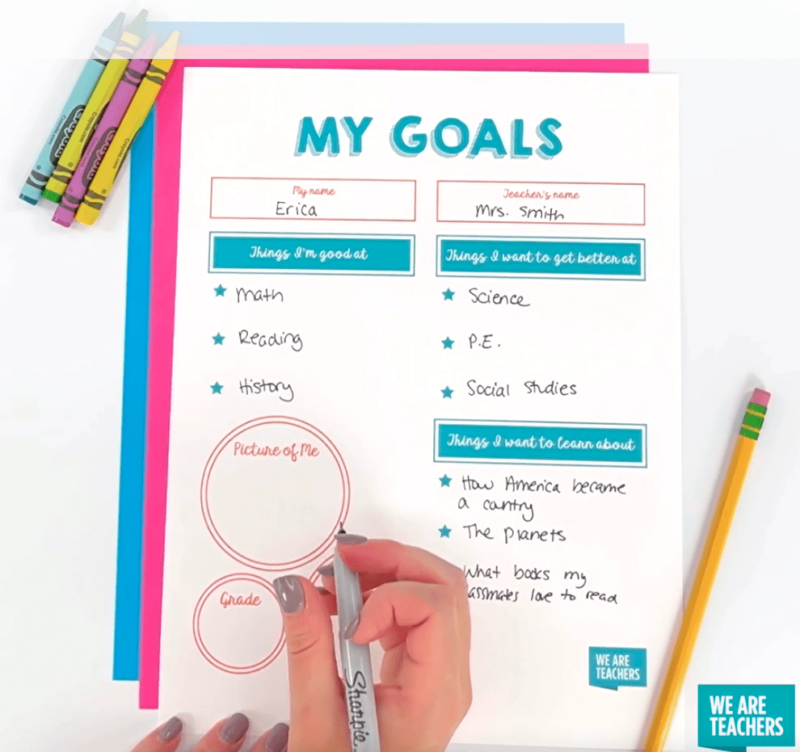
This goal-setting worksheet helps students start with their strengths and think through what goal they want to work on. Coach students to be specific when thinking about what they want to get better at. How can they improve at science within the next unit? Or what does it look like to improve in math?
Get it: Goal-setting worksheet
Track progress
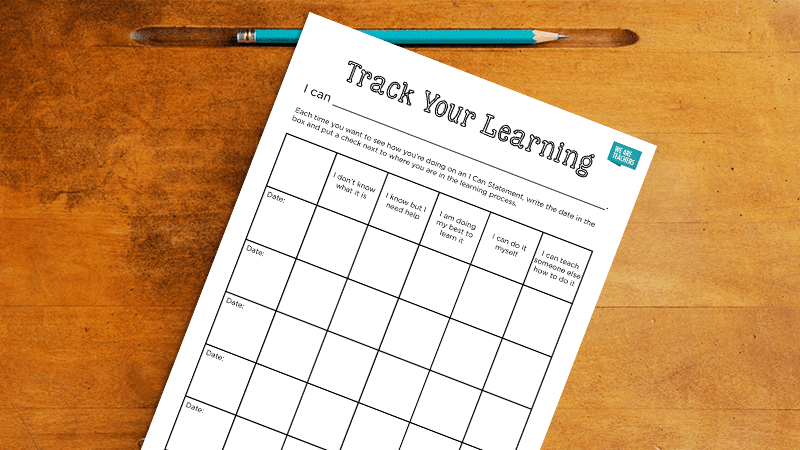
Once students have set their goals, it’s time to track! Use this goal tracker to help students track their progress. Remind students that progress may not be a straight line, but the goal is to see progress over time.
Get it: Track Your Learning printable
Track and reflect
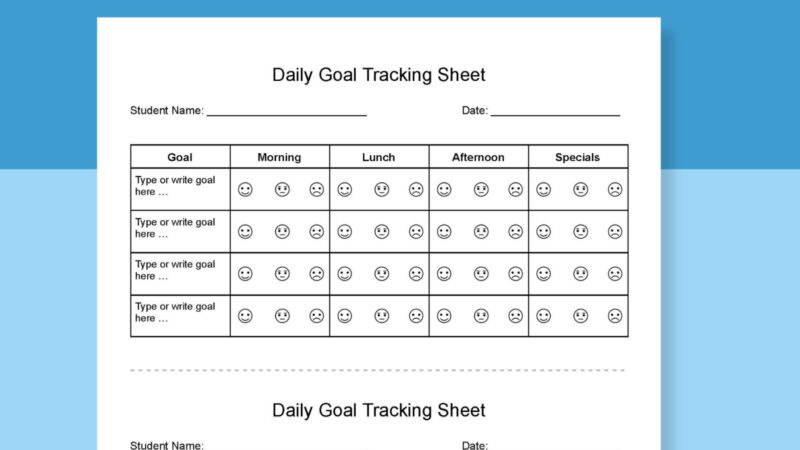
Another way to track progress is by reflecting quickly on how well a goal was achieved. For elementary students, have them set a goal and then mark if they met their goal or progressed to their goal each day. So, if their goal is to memorize through the 10 times table, but they didn’t practice their multiplication, then they would fill in the sad face. The point isn’t to make students feel bad, it’s to reflect on how our choices and actions impact our ability to meet our goals.
Get it: Daily goal-tracking printable
Graph progress
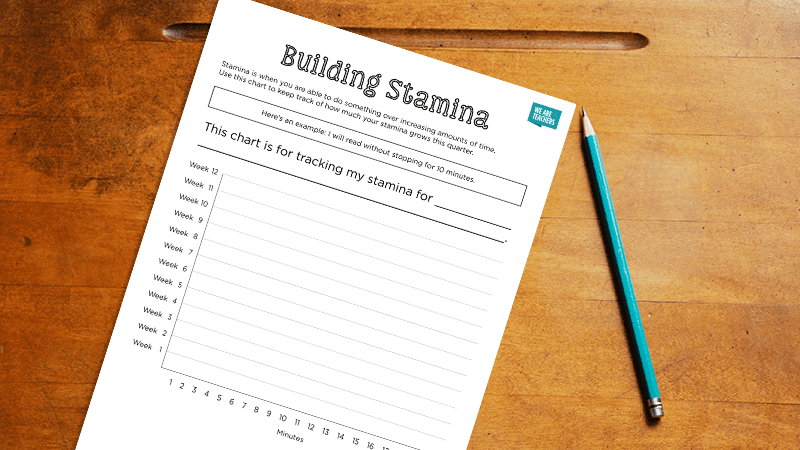
Use graphing to have students create a record of their growth. Use the graphs to reinforce progress with students and to communicate student progress to parents. This is especially helpful when students are working on goals that are not reflected in test results.
Get it: Goal tracker graph printable
Encourage nonacademic goals too
If you have school or classroom character traits, set goals for how students will demonstrate these traits. This reminds students that they can improve in respect, kindness, patience, and other skills.
Track habits
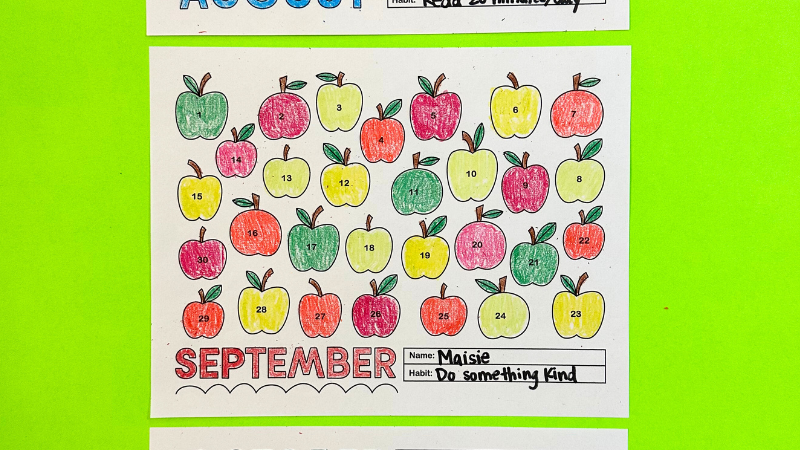
Creating a habit, like reading 20 pages a day, doing one kind deed each day, or doing 20 push-ups each recess, is a long-term goal. Have students set a goal they want to become a habit and use a habit tracker to complete over the course of a month. At the end of the month, reflect on how repeating an action over and over for 28 to 31 days changes how difficult the action feels.
Get it: Printable habit tracker
Create classroom goals
Another way to model and practice goal setting is to set a goal as a class. Set a goal to master a reading or math skill, contribute acts of kindness, or plan and lead a reading-buddy session with a kindergarten class. Class goals build classroom culture and students’ sense of community. Note: You can use the habit tracker to track those classroom goals as well, and take time at the end of the day to reflect on how you met your classroom goal that day.
Plan for longer goals
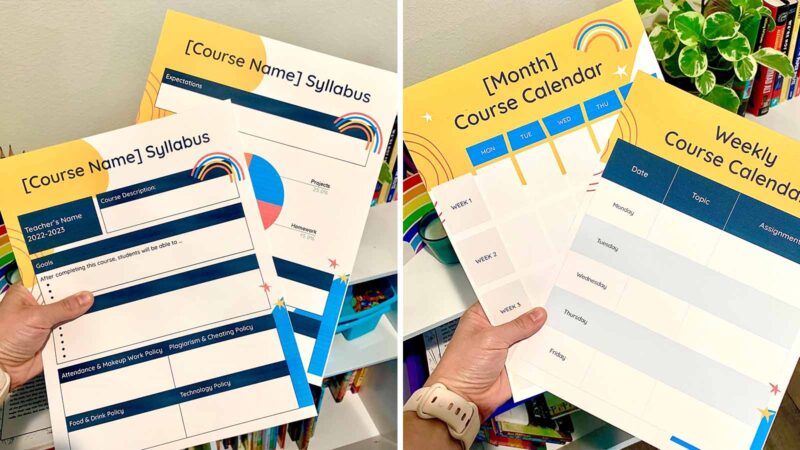
For middle and high school students who may have a goal that takes more than a few weeks to complete, have them build milestones and mini-goals into their course calendar. Use this editable course syllabus to help students break their big goal into smaller chunks that need to be done each day or week.
Get it: Editable course syllabus
Share assessment data with students
When you get results from assessments, share them with students as a class and individually. Make the conversation about reflection. This is a great time to reflect on what students did well and their next goal.
Celebrate!
We don’t mean throw a party. Celebrate when students achieve goals by giving them a round of applause, verbal praise, or another small celebration. Come up with a way to celebrate as a class, a firework hand clap, a chant, or a short dance. The idea is to acknowledge that the student achieved the goal, and celebrate it, while building intrinsic motivation.

